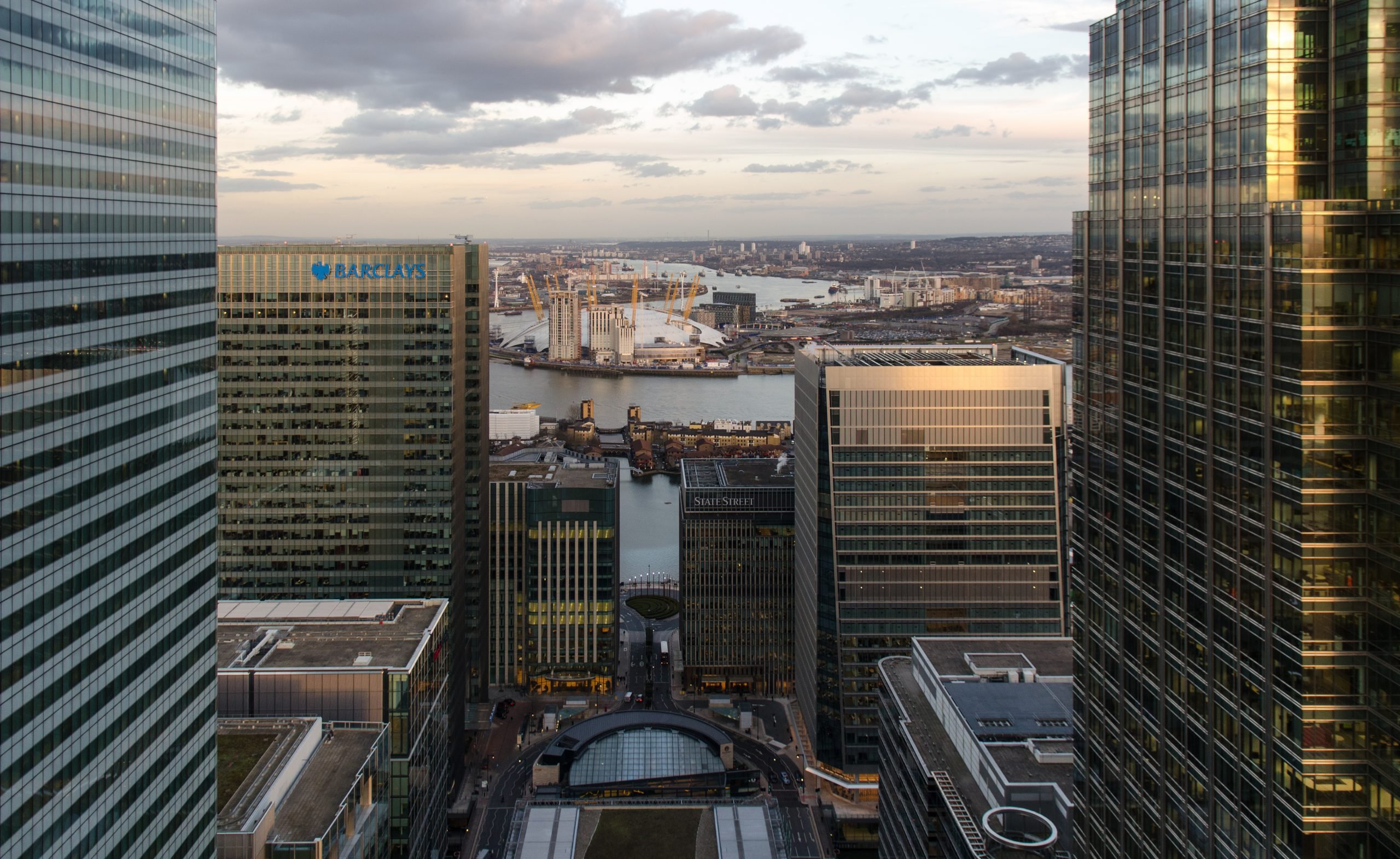
In the second of our series of real estate events, we brought together spokespeople from Ramboll Group, the Science Based Targets initiative, and the investor community to discuss the challenge of embodied carbon, how to measure it, and ultimately how to reduce it.
Real estate looms large over the climate discussion, and not just in the physical sense. Buildings make up 30% of the UK’s national emissions and 40% of energy consumption in Europe.
These are eye-watering statistics, especially given the energy security crisis brought on by the war in Ukraine, rising fuel costs, record-level temperatures, and inflation eroding public spending.
IIGCC Members: Listen to the webinar.
Institutional investors want to be part of the solution to this problem, both to achieve net zero targets within their portfolios and to avoid owning ‘stranded assets’, the risk of which will increase as regulations and policies adapt.
It’s against this backdrop that IIGCC held the second of its real estate roundtables, focusing on embodied carbon.
Starting with production
If the first roundtable set the scene for industry policy barriers and opportunities, the second discussion got straight to business:
“Two thirds of embodied carbon is emitted before the project [building] is in use,” Xavier Le Den, Strategic Sustainability Consulting Director at Ramboll Group explained: “every 10 metres squared is equal to one EU citizen’s annual carbon footprint.”
EMBODIED CARBON IS THE TERM FOR GREENHOUSE GAS EMISSIONS (GHG) ASSOCIATED WITH THE MANUFACTURE AND USE OF A PRODUCT OR SERVICE. IN THE CASE OF BUILDING MATERIALS THIS INCLUDES ALL EXTRACTION, MANUFACTURING, TRANSPORTING, INSTALLING, MAINTAINING AND DISPOSAL.
One look at a building site in any city will verify the scale of this challenge.
The Ramboll Group analysed data from Belgium, Denmark, Finland, France, and The Netherlands, but Xavier noted that these datasets were the best of a poor selection. In some European member states, there was little to no information at all.
There was cause for optimism though, with analysis confirming that the structure and material shape of a building makes a big difference to its total emissions. Wood frame buildings produce around 50% less GHG than massive concrete buildings, for example.
But to reach net zero in the industry, Ramboll’s study advised that governments and industry must urgently refine benchmarks and define upfront embodied carbon targets, with strong incentives, and investors need to align their portfolios to match.
Combining expertise
Although real estate was included as an asset class of the Net Zero Investment Framework in 2021, general understanding amongst investors of the sectors’ emissions remains relatively low. There is however an appetite to learn more, as reflected in a high webinar attendance from the community.
Building on this momentum, IIGCC’s next real estate working group aims to define the whole lifecycle carbon approach for investors, beginning in September 2022.
Leading the working group and roundtable series is newly joined IIGCC industry expert, Hugh Garnett, who will also work closely with members of the corporate team to leverage existing investor relationships with high-emitting cement and concrete manufacturers.
The hope is that this unified, proactive approach can encourage the sector to work on reducing those two thirds of emissions generated before a building is completed.
Join us for the next Real Estate roundtable in mid-September and reach out to the IIGCC Working Group at info@iigcc.org if you’d like to know more.
Considering becoming a member? Get in touch today.